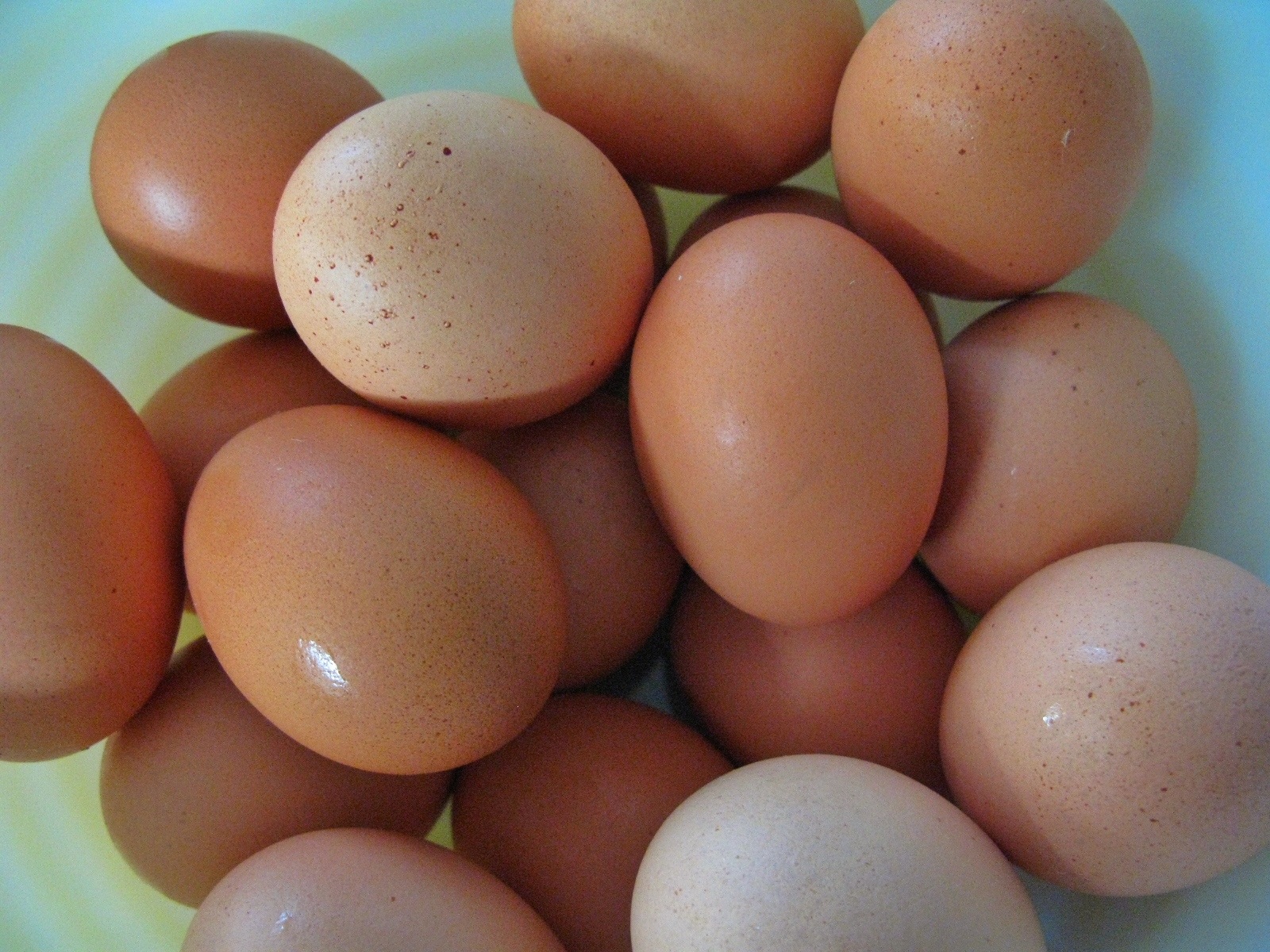This is the web version of a list we publish twice-weekly in our newsletter. It comprises the most noteworthy food stories of the moment, selected by our editors. Get it first here.
Race against the clock. The United States Department of Agriculture (USDA) has decided to release reports on crop data to all members of the public at once, including members of accredited media, Bloomberg reports. While the intent may be to ensure that everyone gets information on commodities at the same time, it may not matter. Those with faster internet access, even by a millisecond, will still have an advantage over everyone else by being one step ahead when placing trades in commodities markets. The monthly World Agricultural Supply and Demand Estimates report in August will be the first to be affected by this policy change, which begins August 1.
Poach no more. Last week, several outlets reported on an opaque “no-poach” rule that prevented fast-food workers from finding employment at another franchise within the same chain—a rule employees didn’t know about because the stipulation appeared in chain-franchise contracts rather than in worker agreements. Now, seven of the implicated chains—including Arby’s, Cinnabon, and McDonald’s—have pledged to change their ways, CNN reports, which will allow workers to seek higher salaries at other franchises if they desire, without being penalized, however indirectly.
Too hot to touch. In the week following the July 4 holiday, California felt a heat wave that left residents “wilting,” as Grist describes it. And if the temps had human residents wilting, consider conditions for the silent, natural residents that adorn our landscape. Take avocado trees, for instance, which are known to be especially vulnerable to the weather. California farmers still choose to plant them because prices and profits are solid, but as Nathanael Johnson reports of one farmer’s inland orchard—where temperatures reached 117 degrees—the fruits resembled “tender jerky.” Now, farmers and researchers are working on new varieties of the crop that can tolerate extreme weather fluctuations.
Viva la visa. The number of temporary foreign farm workers in the United States has risen by nearly 30 percent since this time last year, according to new data on H-2A visa certifications released by the Department of Labor (DOL). The growth marks a 174-percent increase since this time five years ago, and it’s emblematic of the country’s increasing demand for foreign labor in the face of an ongoing farm labor shortage. Lack of affordable childcare options for farm workers, a wave of better-paying and less-labor intensive job opportunities, and the current presidential administration’s animosity toward undocumented immigrants are all contributing to the dearth of qualified (and more important, willing) workers. If DOL’s latest numbers suggest anything, it’s that the H-2A program is a much-needed solution for that shortage. Thank goodness lawmakers aren’t trying to eliminate it—oh, wait.










